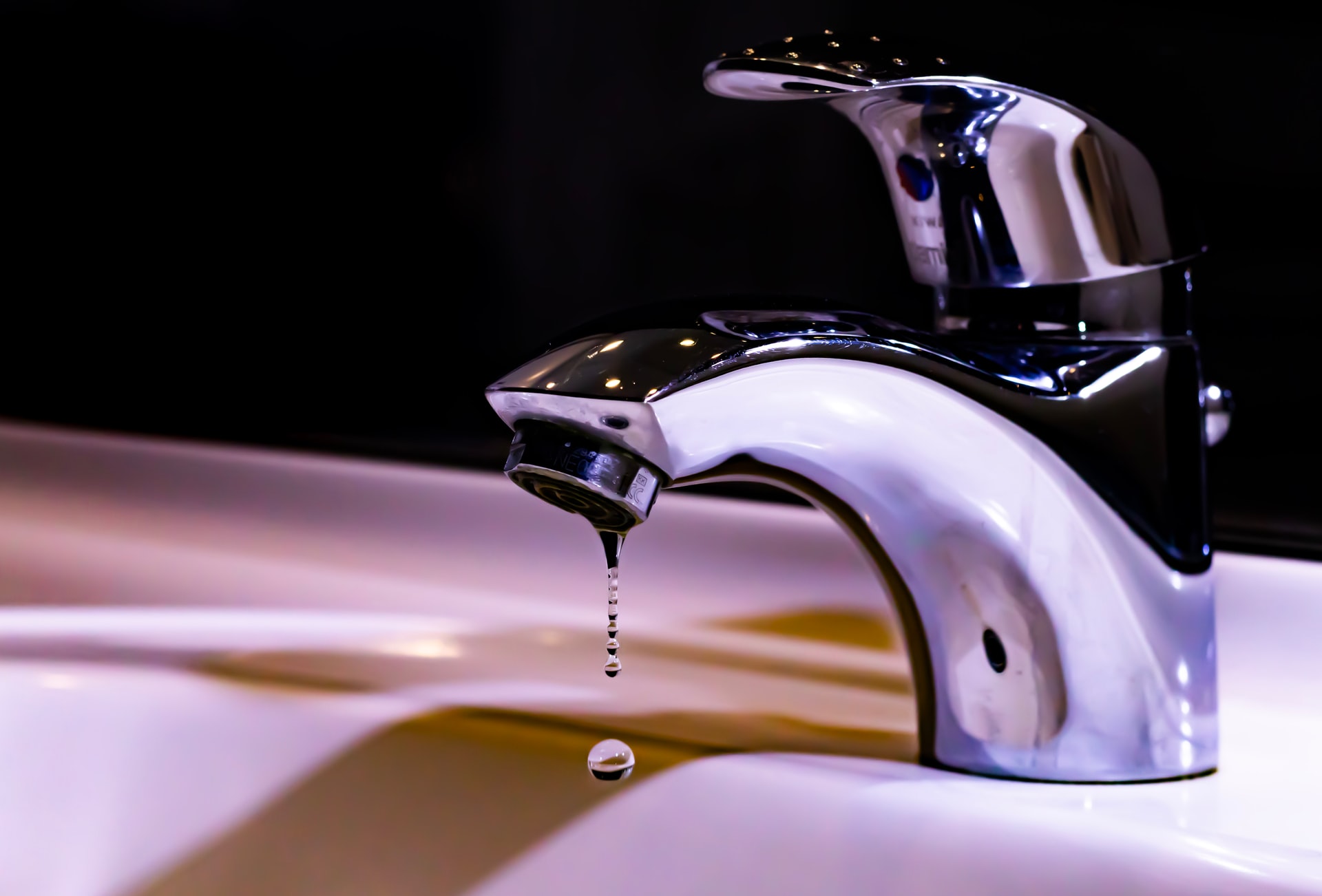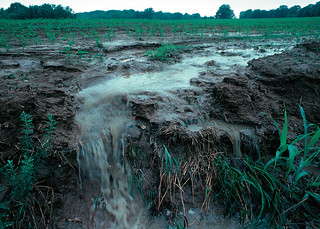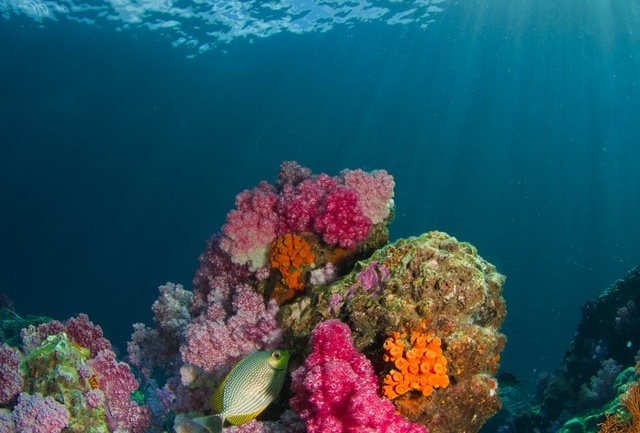By Stephen Venneman, Staff Writer and Researcher for Save The WaterTM | June 20, 2019
Introduction
With increasing populations comes increasing demand for fresh, potable water. Much of that water comes from underground aquifers and is typically tapped by wells. The wells reach the water, but they also strain the natural resources around them. This strain can be measured: the impact of human consumption is measured with a “water stress index,” a ratio of total water consumption to total fresh water resources. If the index goes above 10%, municipalities need to manage their water use. If it runs higher than 20%, the area needs to enforce water-use restrictions like a ban on washing cars or watering lawns.1 Some communities are taking a different approach to lowering their water stress index. Rather than focusing on the reduction of water usage, some areas are trying to increase the amount of water that’s available to use. These programs help to conserve water, but some misconceptions about the programs make it harder for water to be saved.
Where has all the water gone?
It’s not hard to see how underground aquifers can be depleted. Think about your morning routine- do you leave the faucet on when you brush your teeth? Did you take an extra-long shower because you got distracted? Water waste is everywhere, and that’s not even including large-scale water usage in industrial areas or agricultural zones. Most of the water isn’t returned to the aquifer where it came from. Instead, it gets processed, purified, and pumped back into the system. Because the water doesn’t return to the aquifer, this strains the ecosystem and reduces the aquifer’s ability to provide water to us in the future. Without additional action to conserve the amount of water we take from aquifers, there will be worse consequences than a yellow lawn or a dirty Honda. In the past, some areas have needed water to be brought in just to survive because the situation was so dire.2 By using “gray water,” however, we can reduce the amount of water we use that needs to be pulled from an aquifer and purified before use.
What is Gray Water?
“Gray water” doesn’t refer to the color of the water, but the level of purification that happens before we use it. Have you ever seen a faucet on top of the toilet tank for washing your hands? That’s an example of “light” gray water, or water that has been used and filtered as needed to be used again.Many places have started encouraging the use of gray water for routine uses like doing laundry, watering crops, and even as a coolant in power plants.3 Because this water isn’t being used for drinking or cooking, it doesn’t need to be purified to the same standards. Most car wash stations already use gray water. Many have underground tanks to collect and reuse the wash water, which significantly reduces the number of times they need to open a tap to clean your car. This is a process being encouraged in developing countries, as highlighted in Rose Delaney’s Save The WaterTM article, What’s Household Water Treatment and Storage?
Two cities outside of the U.S. have implemented massive programs to use gray water in populated areas. Mexico City and Tel Aviv both have programs to gather the city’s wastewater, treat it, and use it for agriculture, pump it back into the municipal water system, or return it to the aquifer where it came from.4 Both of these programs have reduced the water stress indices: In Mexico City, 90% of wastewater is reused. In Tel Aviv, the Dan Region Project gathers more than 71.3 million gallons of water every day, either treating and reusing the water or pumping it back into the aquifer to let it filter naturally through layers of sand and rock.4
Unfortunately, one of the biggest obstacles to water reuse is public opinion. Despite research showing gray water is safe, public opinion tends to stick with the idea that it’s “gross,” or “contaminated,” and should be sent away.5 Fortunately, the tide is turning on this misconception. By using instructional videos, researchers have helped to change public opinion by explaining the safety and uses of gray water, not to mention the positive impact it has on the environment. By changing how we view gray water and implementing gray water practices in our daily lives, we can conserve more water and put less strain on the environment.
Ways to use gray water
While 90% reuse may be outside your home’s capabilities, there are some things you can do to reuse your water.
- Save the water used for rinsing fruit and use it to water your garden.
- Put ice cubes over potted plants or your lawn instead of using water from a hose.
- Freeze half-empty water bottles to use in a cooler.
- Set up a gray water system in your home to filter your used water.
- Get and stay informed; connect with Save The WaterTM on social media.
References
- Sonali Manna. 2018. “Treatment of Gray Water for Reusing in Non-potable Purpose to Conserve Water in India.” International Journal of Applied Environmental Sciences, 13(8), 703-716. http://www.ripublication.com/ijaes18/ijaesv13n8_01.pdf
- Veera G. Gude. 2017. “Desalination and water reuse to address global water scarcity.” Reviews in Environmental Science and Bio/Technology, 16, 591-609. https://link.springer.com/article/10.1007/s11157-017-9449-7
- John Anderson. 2003. “The environmental benefits of water recycling and reuse.” Water Science and Technology, 3(4). https://bit.ly/2Y2rszQ
- N. Icekson-Tal, O. Avraham, J. Sack, and H. Cikurel. 2003. “Water Reuse in Israel – The Dan Region Project: Evaluation of Water Treatment Quality and Reliability of Plant’s Operation.” Water Science & Technology Water Supply. https://bit.ly/2RrB190
- Dick Goodwin et. al. November 2018. “Informing public attitudes to non-potable water reuse – The impact of message framing.” Water Research, 145, 125-135. https://www.sciencedirect.com/science/article/pii/S0043135418306274




